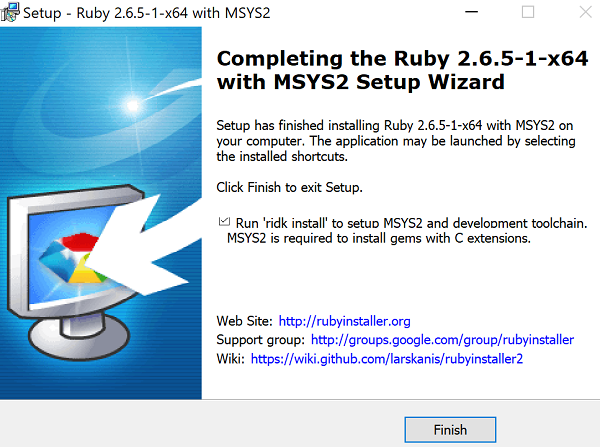

We use Gemfiles on Jekyll sites when we have. Of course, I decided to go for the second one - no surprise there, right?! I ended up using rbenv to manage the whole installation, which boiled down to a few simple steps: 1. A Gemfile is Rubys dependency management system or in other words, a list of Gems a Ruby project needs to run. gem uninstall jekyll-sass-converter Select gem to uninstall: 1. The first would be to give my account permission to write in that folder, which did not sit well with me, while the latter is to uninstall ruby and start from scratch… I googled a bit and found only two solutions. jekyll new mysite) Add gem 'jekyll-remote-theme' to your Gemfile and then run bundle install to install the plugin Add remotetheme: daattali/beautiful-jekyll5.0.0 to your config.yml file (make sure to. You don't have write permissions for the /var/lib/gems/. Install Ruby and Jekyll (sudo apt-get install ruby ruby-dev make gcc and sudo gem install jekyll bundler) Create a new jekyll site (e.g. This seemed to work great but, when I continued to install Jekyll with gem install bundler jekyll I got welcomed by an error message: Very naively, I installed ruby with a simple sudo apt install ruby. Now, after failing to live up to my new year’s resolution of one blog post a month, I got back to the blog on a new computer, obviously running the latest stable Ubuntu OS version. Almost exactly one year ago (:scream: time flies!) I posted a 6-step guide on how to start your own Jekyll static website - you can find it here if interested.


 0 kommentar(er)
0 kommentar(er)
